SMT ion cleanliness testing methods: ROSE, ion chromatography IC and C3
In the field of surface mount technology (SMT), it is crucial to ensure the ionic cleanliness of circuit boards and electronic components. Ion residues can cause problems such as short circuits, corrosion, and reduced electrical performance, which can seriously affect the reliability and lifespan of products. In order to accurately assess the ionic cleanliness of SMT products, methods such as ROSEResistivity of Solvent Extract, solvent extraction liquid resistivity testing, Ion Chromatography, IC testing, and C3 testing are currently used.
I. ROSE test
ROSE test is a commonly used method for testing ionic cleanliness. Its basic principle is to indirectly evaluate the content of ionic contaminants by measuring the resistivity of solvent extraction solution.
(I) Test steps
-
Sample preparation: Cut the SMT circuit board or component to be tested into samples of appropriate size, ensuring that the sample surface is representative.
-
Solvent extraction: Place the sample in a container filled with a specific solvent, usually isopropanol, and perform ultrasonic extraction under certain temperature and time conditions to dissolve the ionic contaminants into the solvent.
-
Measurement of resistivity: Use a resistivity meter to measure the resistivity of the extraction solution. The lower the resistivity, the higher the content of ionic contaminants.
(II) Advantages
The operation is relatively simple and the testing speed is fast, which is suitable for rapid screening in large-scale production.
-
It has good detection capabilities for common ionic pollutants such as chloride, sulfate, nitrate, etc.
(III) Limitations
-
It is unable to distinguish different types of ionic pollutants, and can only provide information on the total amount of ions.
-
The detection sensitivity for low-concentration ionic pollutants is relatively low.
-
The test results may be affected by factors such as solvent purity and extraction conditions.
II. Ion Chromatography IC Test
Ion chromatography is a highly efficient and sensitive ion analysis technique that can accurately determine the type and content of various ions.
(I) Test principle
Based on the principle of ion exchange, the ion mixture to be detected is separated through an ion exchange column, and then the concentration of different ions is detected by a detector such as a conductivity detector.
(II) Test steps
-
Sample pre-treatment: Similar to ROSE testing, sample cutting and solvent extraction are performed.
-
Sample injection analysis: The extraction solution is injected into the chromatographic column through the sample injection system of the ion chromatograph, and different ions are separated in the chromatographic column under the driving force of the mobile phase.
-
Detection and quantification: The separated ions pass through the detector in turn, generating corresponding signals. Quantitative analysis is performed based on the signal intensity and standard curve to determine the type and content of ions.
(III) Advantages
-
It can detect multiple ions simultaneously, including anions such as chloride, fluoride, phosphate, and cations such as sodium, potassium, and calcium, providing detailed information on the composition of ions.
-
High detection sensitivity, accurate determination of low concentration of ion pollutants.
-
It has high accuracy and repeatability.
(IV) Limitations
- The instruments and equipment are relatively expensive, and professional technicians are required for operation and maintenance.
The testing time is relatively long, which is not suitable for rapid detection in mass production.
III. C3 Test
The C3 test is an ion cleanliness test method specifically designed for flux residues in the SMT assembly process.
(I) Test principle
The degree of ionic contamination is evaluated by measuring the conductivity change caused by the residual flux under specific conditions.
(II) Test steps
-
Sample preparation: Place the SMT circuit board or component to be tested into a specialized test fixture.
-
Apply test conditions: Apply specific voltage and current to the sample under certain temperature and humidity conditions.
-
Conductivity measurement: Monitor the conductivity change of the sample during the test. The higher the conductivity, the more severe the ionic contamination.
(III) Advantages
-
Directly test for flux residue, which is closely related to the SMT production process.
-
Be able to quickly assess the impact of flux residue on ion cleanliness.
(IV) Limitations
-
It can only detect ionic contaminants related to flux, and has limited detection capabilities for ionic contaminants from other sources.
-
The test results may be affected by test conditions such as temperature, humidity, voltage, etc. Strict control of test conditions is required to ensure accuracy.
IV. Comparison and Application Selection of Three Testing Methods
(i) Comparison
-
Detection capability: IC testing can provide the most detailed information on ion types and content, followed by ROSE testing, while C3 testing is relatively limited.
-
Detection sensitivity: IC testing has the highest detection sensitivity, while ROSE testing and C3 testing have relatively lower sensitivity.
-
Test speed: ROSE test and C3 test are faster and suitable for rapid detection on the production site, while IC test is relatively slower.
-
Cost: ROSE testing has a lower cost, followed by C3 testing, while IC testing equipment is expensive and has a higher cost.
(II) Application selection
-
In mass production, ROSE test and C3 test are suitable for rapid screening and preliminary evaluation of ion cleanliness. If more detailed ion analysis and high-precision detection results are required, or in R&D and quality control, IC test should be selected.
-
For situations where the focus is on the impact of flux residue, the C3 test is a good choice.
-
Considering factors such as cost, testing requirements, and testing efficiency, selecting a reasonable testing method or using a combination of multiple methods can provide a more comprehensive and accurate assessment of the ionic cleanliness of SMT products.
In short, the three SMT ion cleanliness testing methods of ROSE, ion chromatography IC, and C3 each have their own advantages and disadvantages. In practical applications, appropriate testing methods should be selected based on specific circumstances to ensure the quality and reliability of SMT products. As the electronics industry continues to develop, the requirements for ion cleanliness are becoming increasingly high, and testing technology is constantly innovating and improving. In the future, more efficient, accurate, and convenient testing methods are expected to emerge, providing more powerful support for the development of the SMT industry.

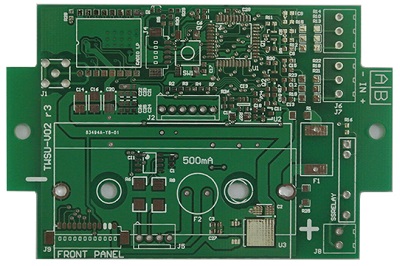 PCB
PCB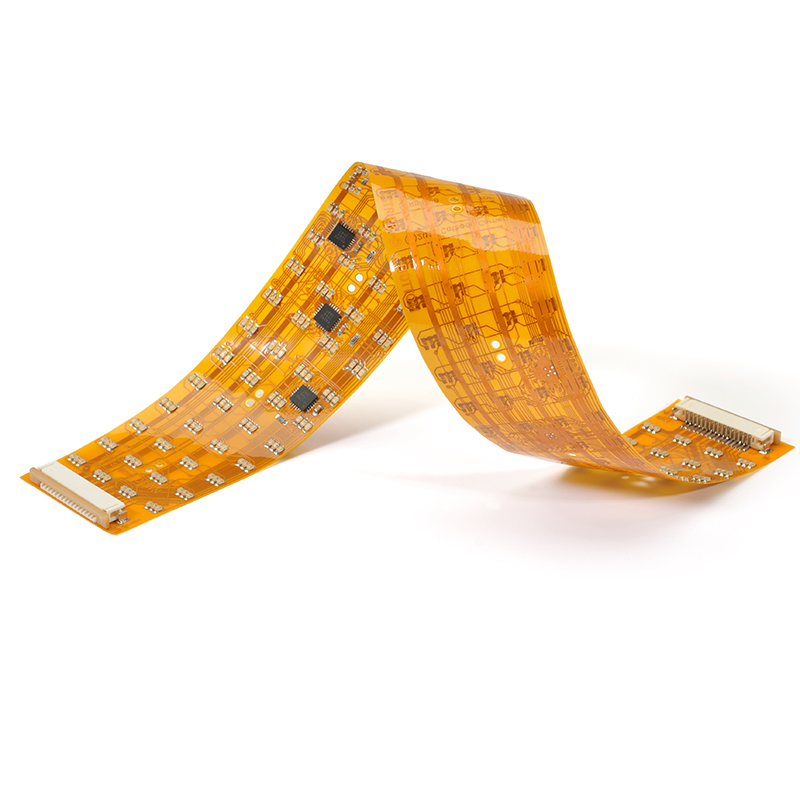 FPC
FPC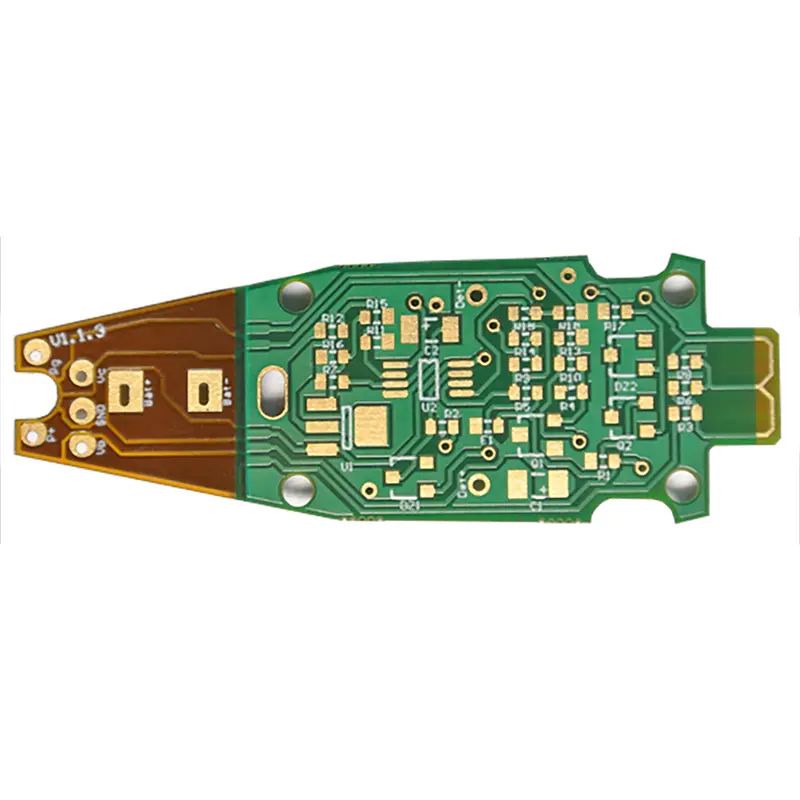 Rigid-Flex
Rigid-Flex FR-4
FR-4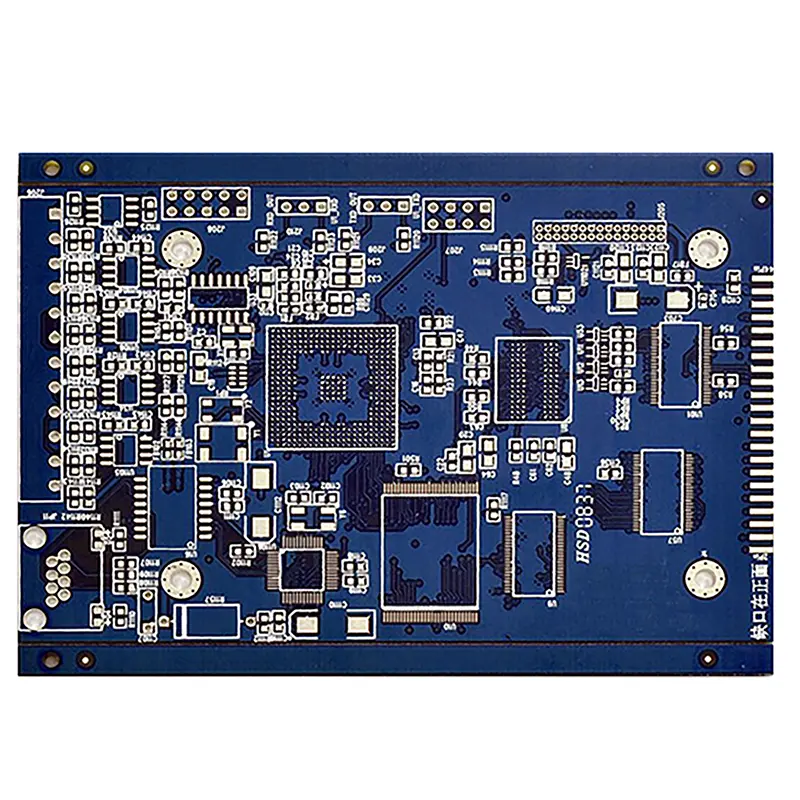 HDI PCB
HDI PCB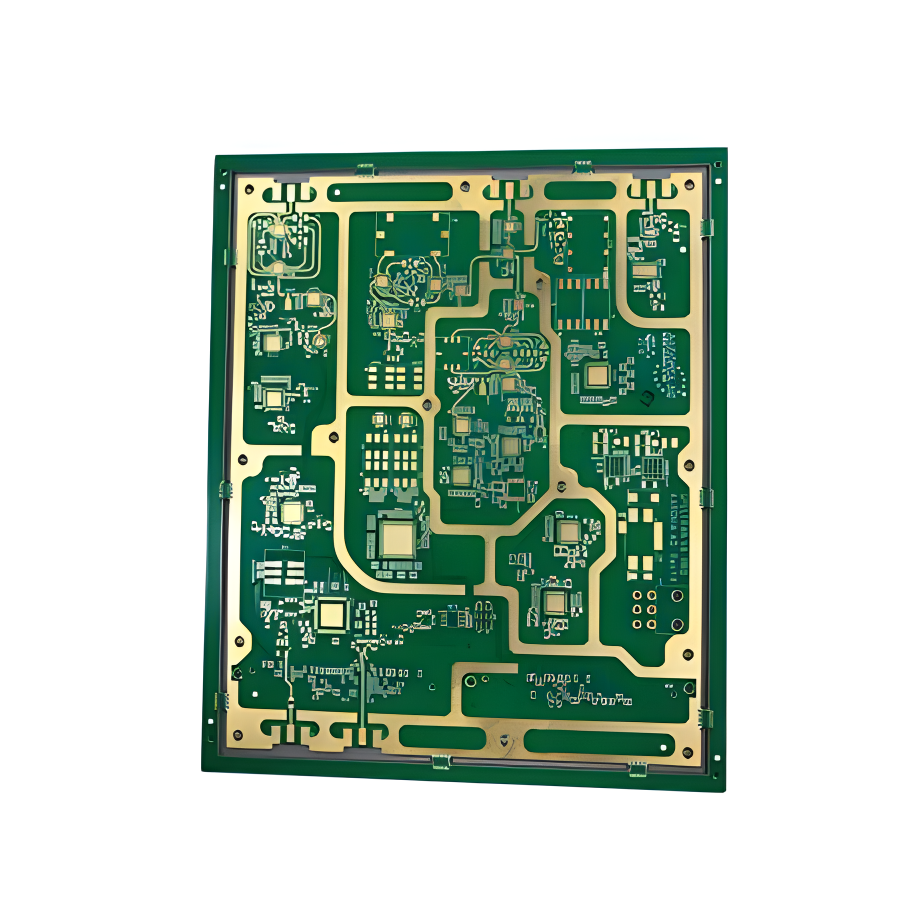 Rogers High-Frequency Board
Rogers High-Frequency Board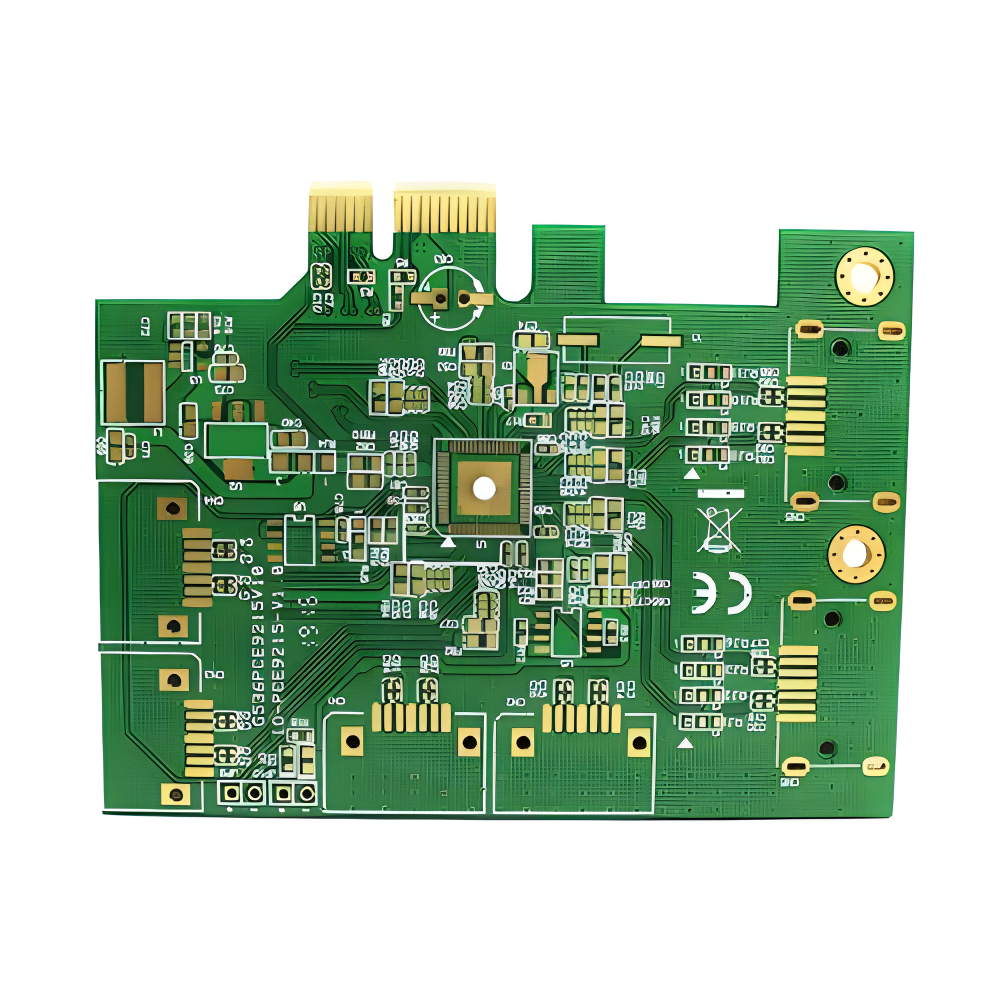 PTFE Teflon High-Frequency Board
PTFE Teflon High-Frequency Board Aluminum
Aluminum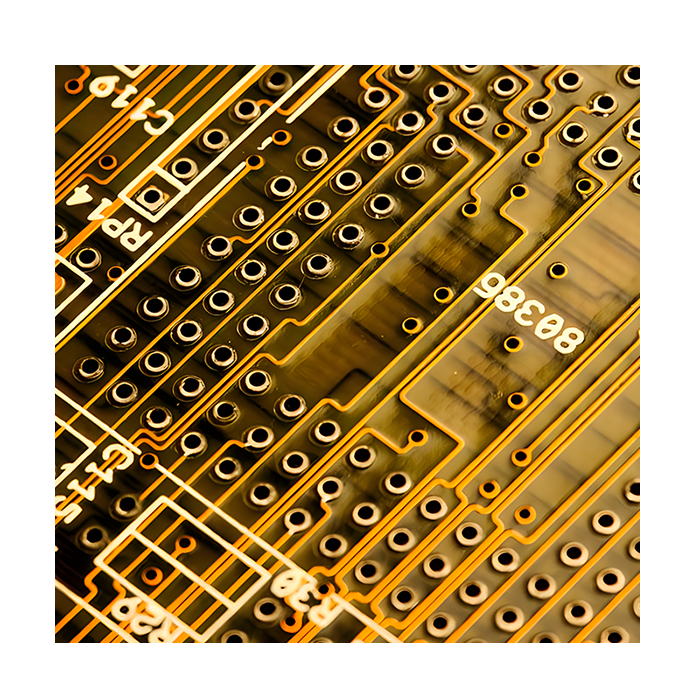 Copper Core
Copper Core PCB Assembly
PCB Assembly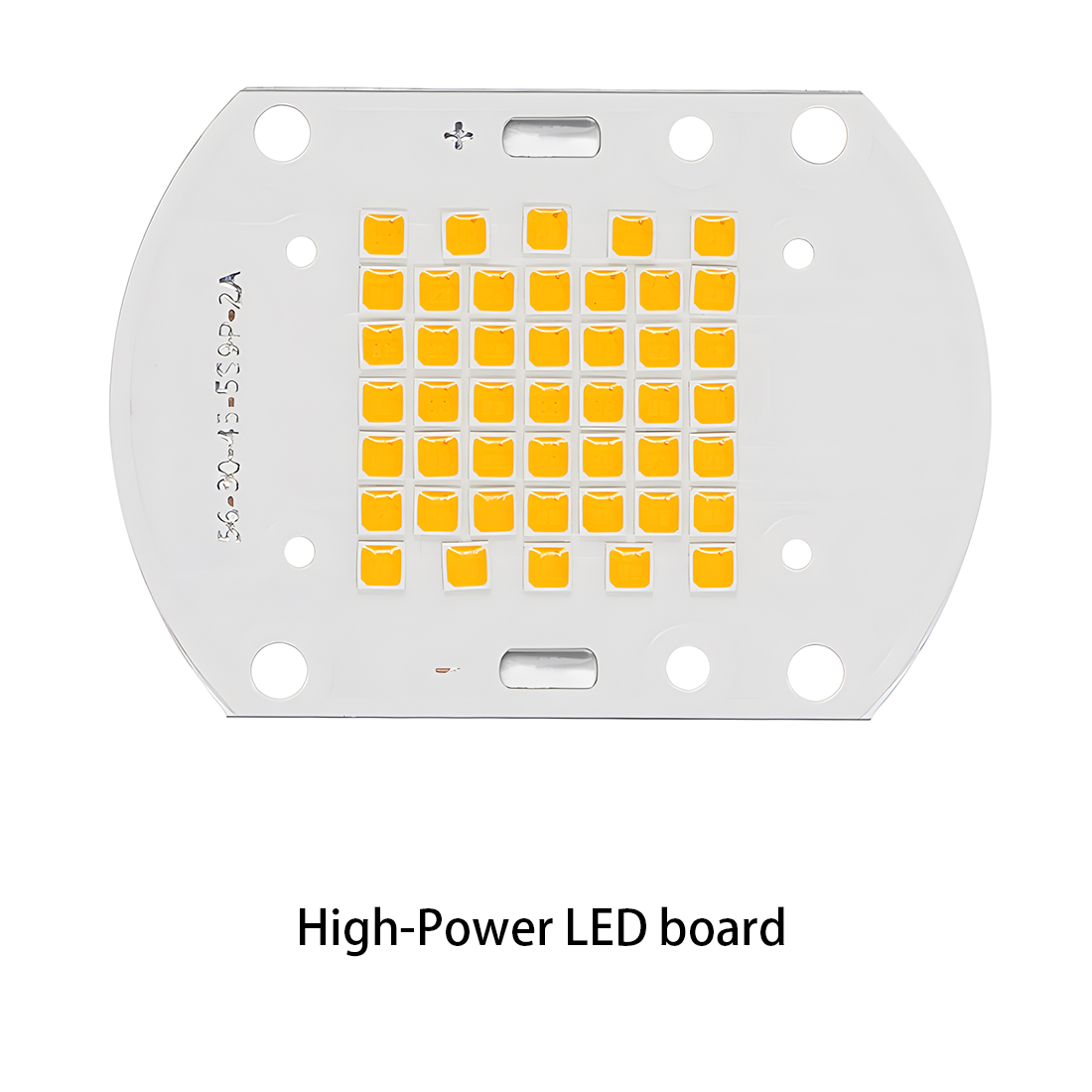 LED light PCBA
LED light PCBA Memory PCBA
Memory PCBA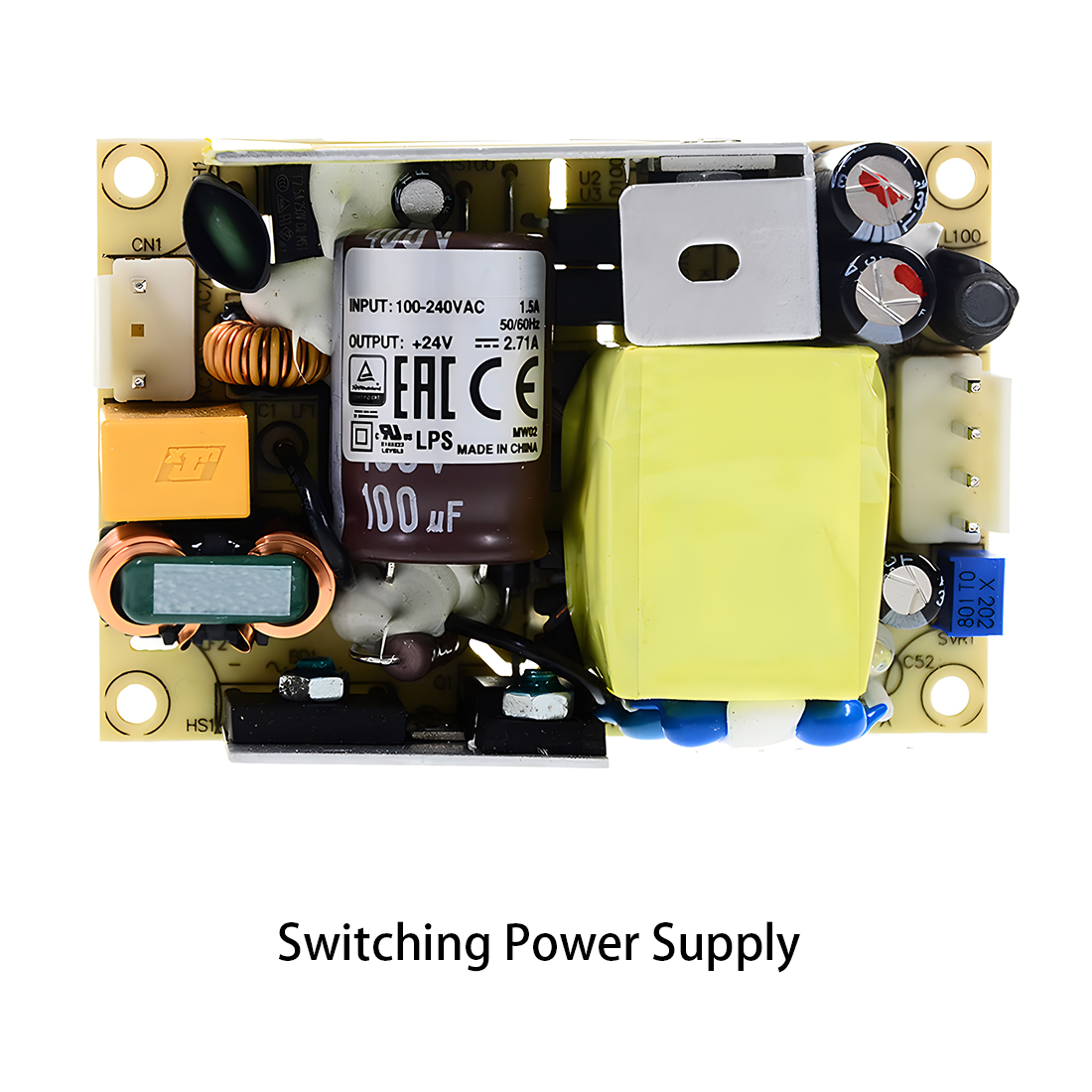 Power Supply PCBA
Power Supply PCBA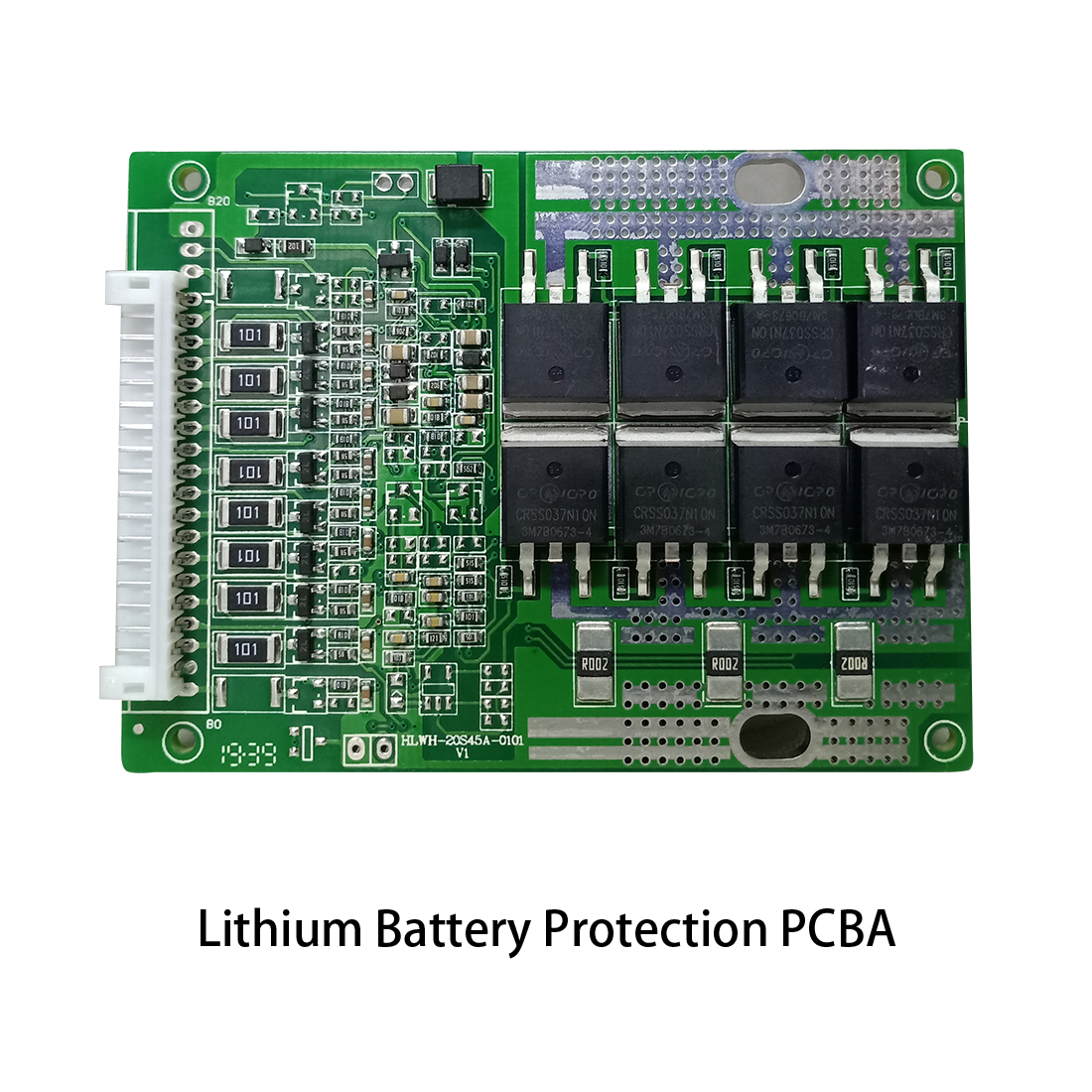 New Energey PCBA
New Energey PCBA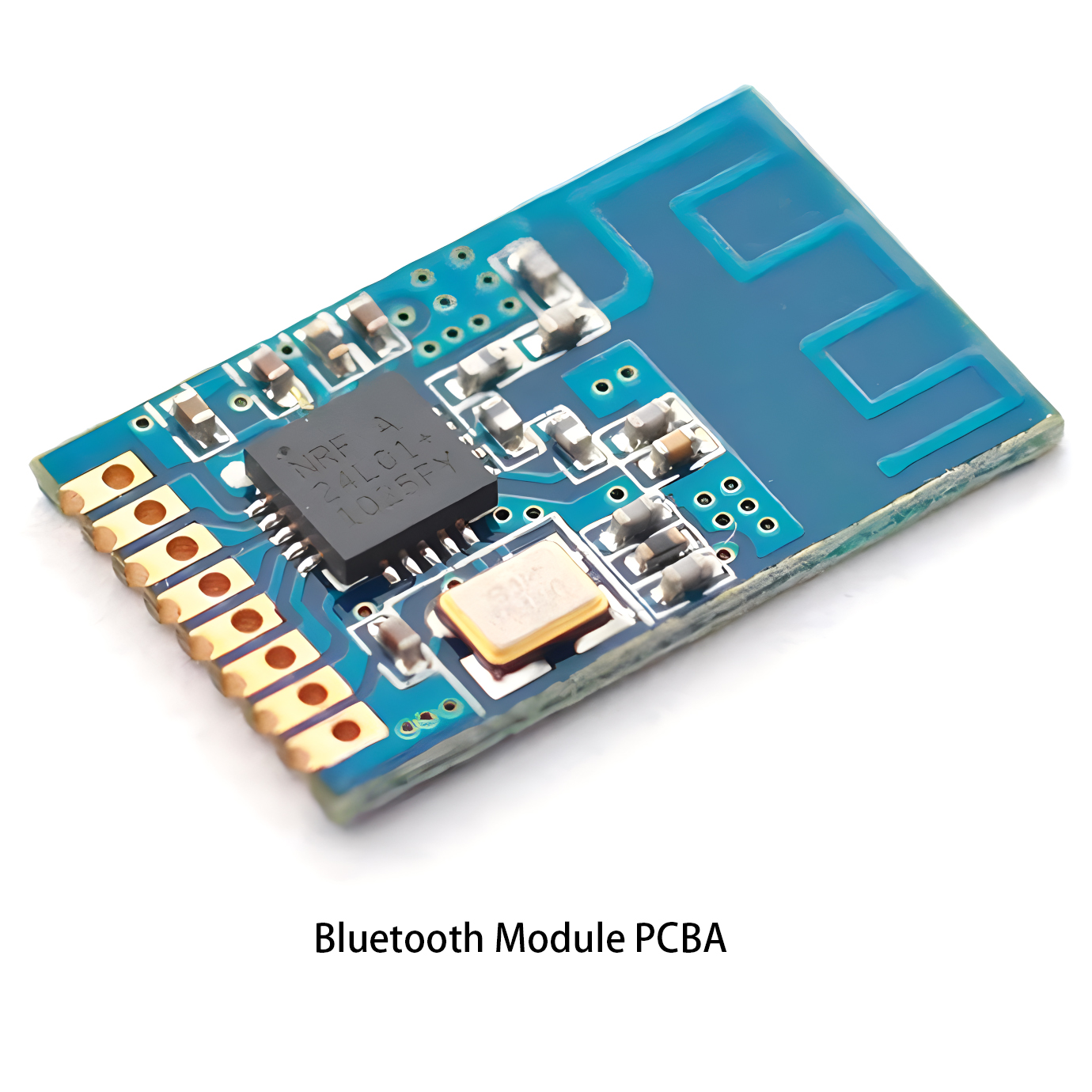 Communication PCBA
Communication PCBA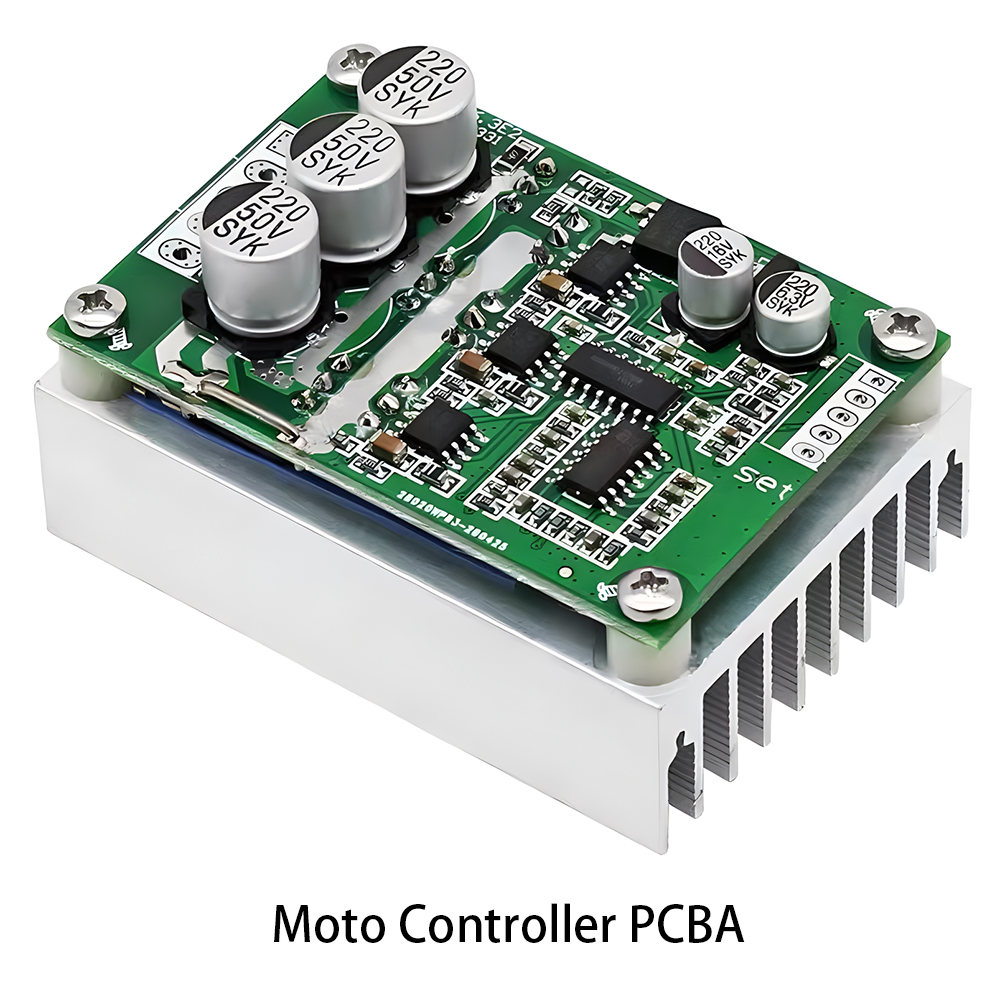 Industrial Control PCBA
Industrial Control PCBA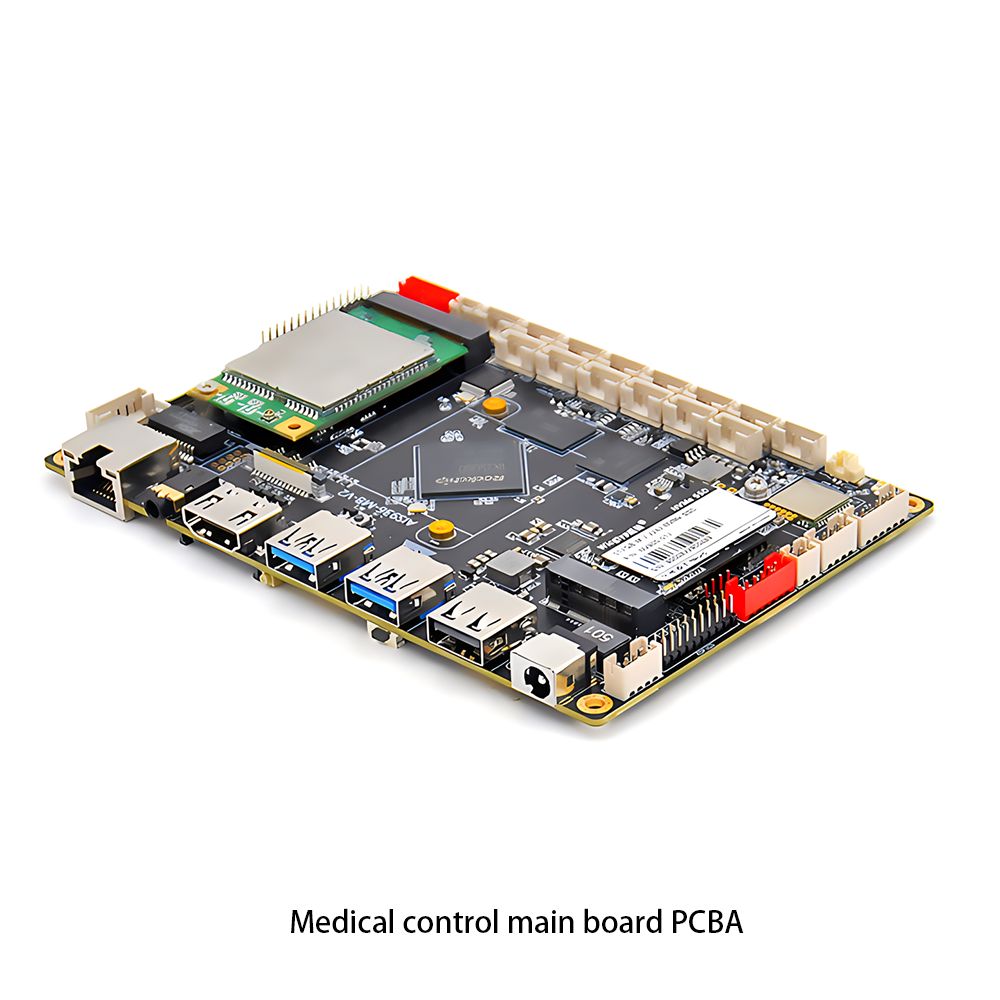 Medical Equipment PCBA
Medical Equipment PCBA Product Rebuild
Product Rebuild PCB Copy
PCB Copy IC Cracking
IC Cracking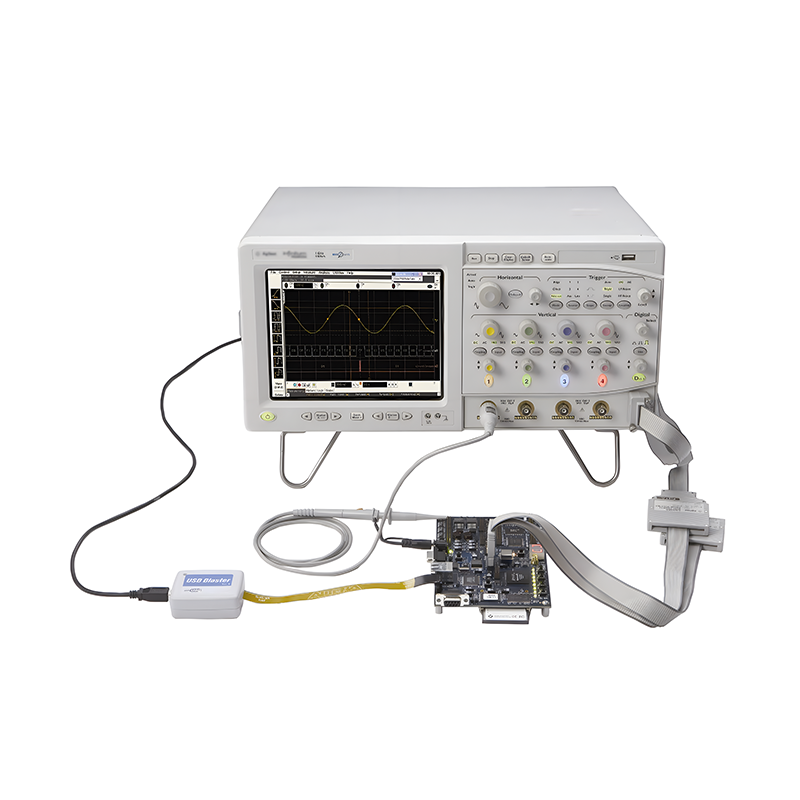 PCBA Testing Service
PCBA Testing Service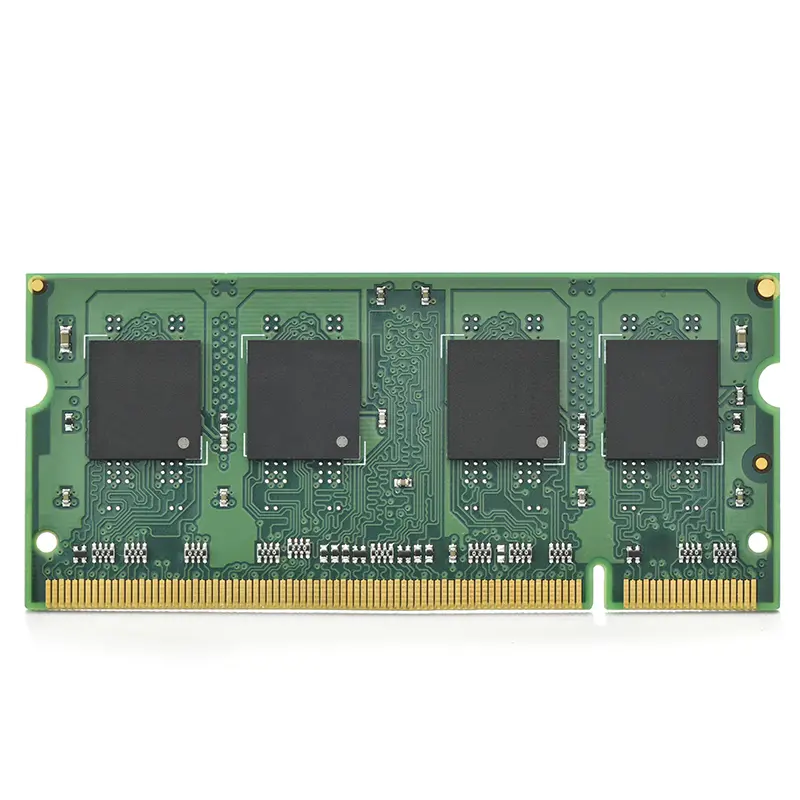 Certification Application
Certification Application RoHS Certification Application
RoHS Certification Application REACH Certification Application
REACH Certification Application CE Certification Application
CE Certification Application FCC Certification Application
FCC Certification Application CQC Certification Application
CQC Certification Application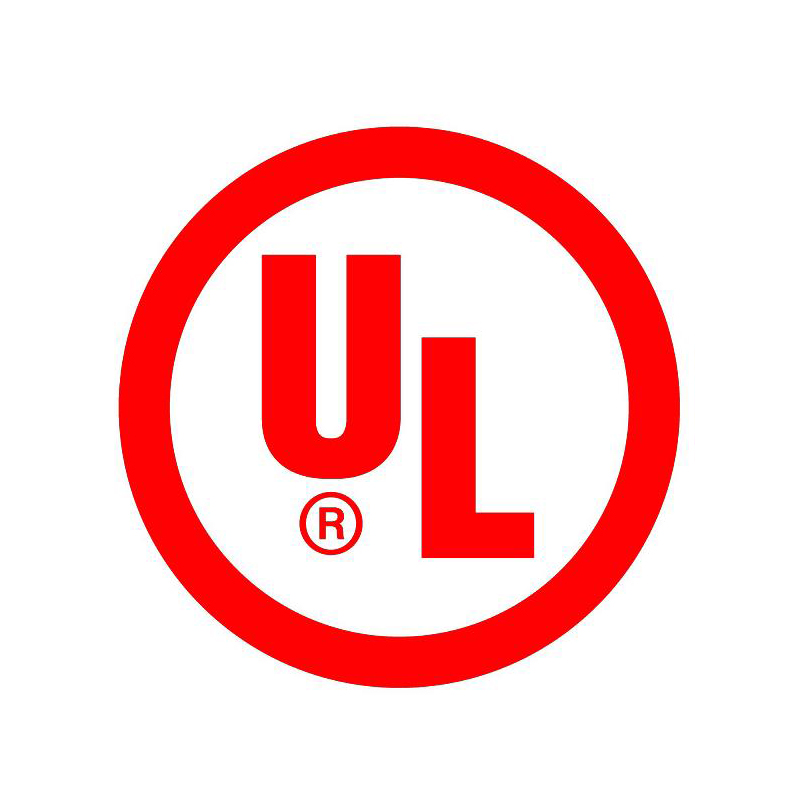 UL Certification Application
UL Certification Application Transformers, Inductors
Transformers, Inductors High Frequency Transformers
High Frequency Transformers Low Frequency Transformers
Low Frequency Transformers High Power Transformers
High Power Transformers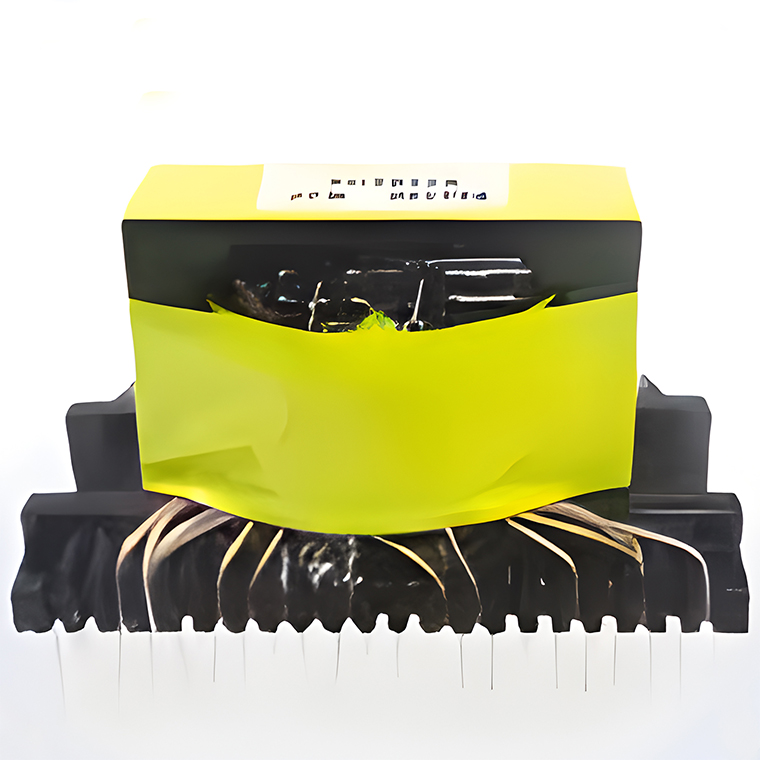 Conversion Transformers
Conversion Transformers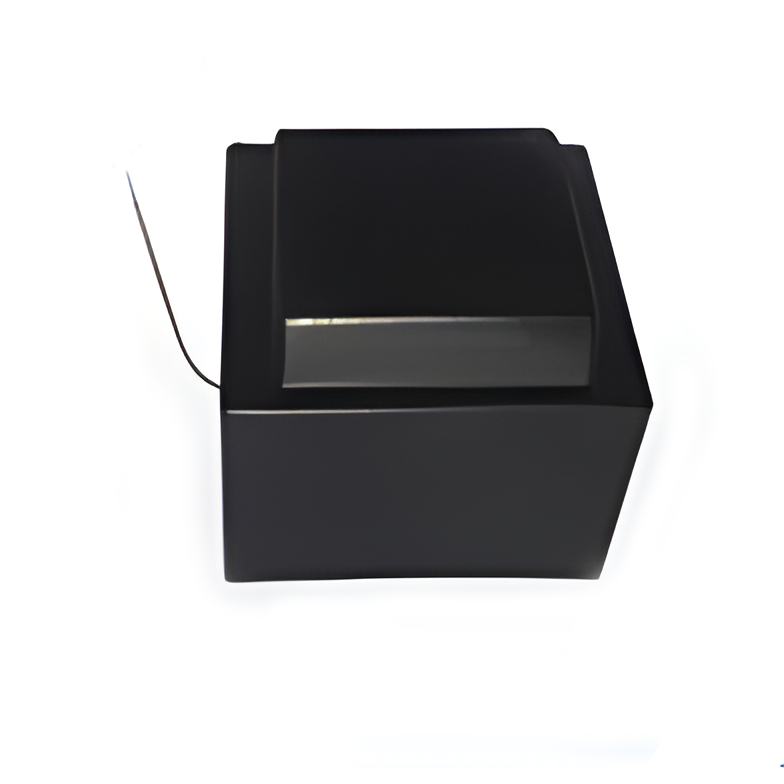 Sealed Transformers
Sealed Transformers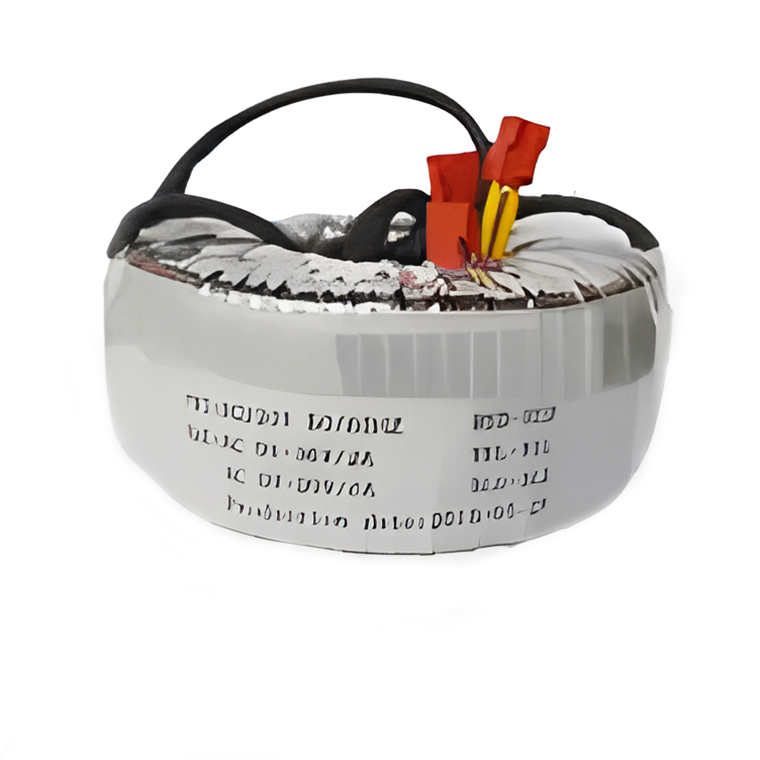 Ring Transformers
Ring Transformers Inductors
Inductors Wires,Cables Customized
Wires,Cables Customized Network Cables
Network Cables Power Cords
Power Cords Antenna Cables
Antenna Cables Coaxial Cables
Coaxial Cables